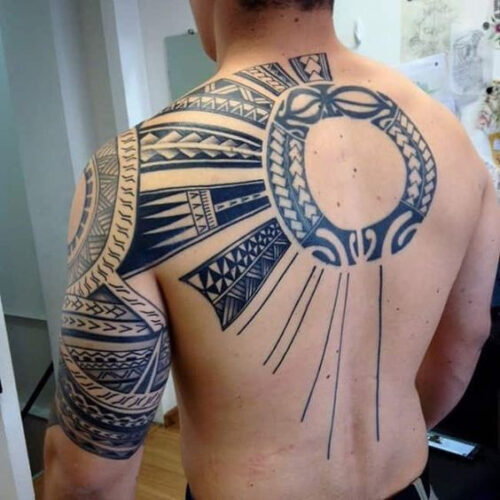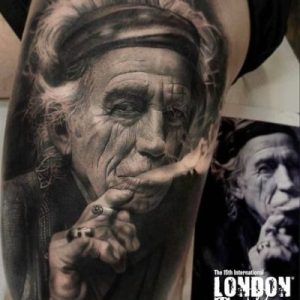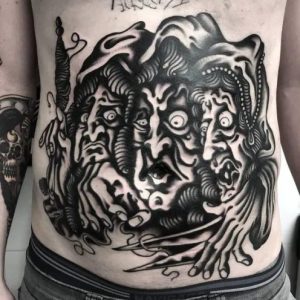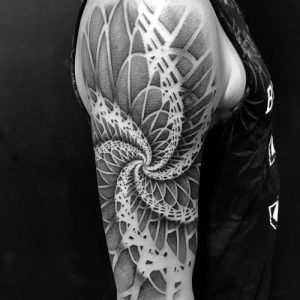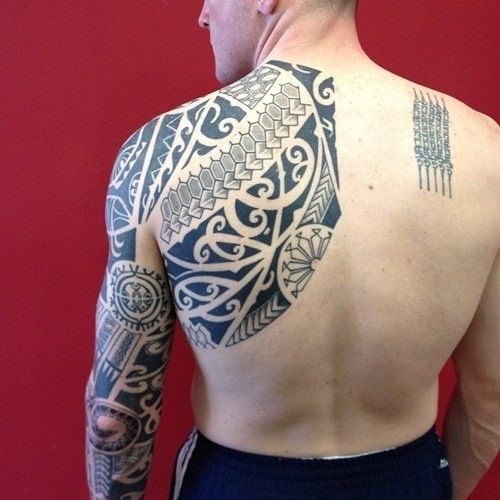
Samoan tattoos hold a rich cultural significance, representing a timeless tradition that has been passed down through generations.
These intricate and meaningful tattoos have adorned the bodies of Samoan people for over 2000 years, serving as a powerful symbol of bravery, identity, and heritage.
In this article, we will delve into the fascinating history of Samoan tattoos, exploring their origins, traditional techniques, and the profound cultural significance they hold.
Origins of Samoan Tattoos
The origins of Samoan tattoos can be traced back over 2000 years to the ancient Polynesian cultures of the Pacific. The word “tatau” in Samoan refers to the act of tattooing and is believed to have its roots in the Tahitian word “tatu.”
Tattooing was not only a form of body adornment but also an essential rite of passage, symbolizing a person’s transition from childhood to adulthood.
Traditional Techniques and Tools
The art of Samoan tattooing is performed using traditional techniques and tools that have been passed down through generations. The process involves the use of hand-tapped tattooing, where a comb-like instrument called “au” is dipped into ink and then struck with a mallet to puncture the skin.
The au is made from boar’s teeth, turtle shell, or bone, attached to a wooden handle. This traditional method requires immense skill and precision, resulting in intricate and detailed designs.
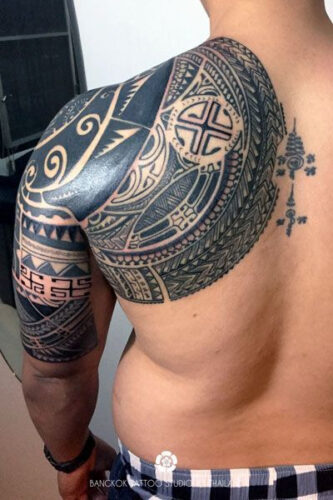
Symbolism and Meanings
Samoan tattoos are not just decorative; they carry deep symbolism and hold personal meanings for the wearer. Each tattoo design tells a story, representing aspects of Samoan culture, heritage, and personal achievements.
Common symbols found in Samoan tattoos include turtles (symbolizing longevity and fertility), birds (representing freedom and protection), and spearheads (signifying courage and strength). The placement of tattoos on different parts of the body also holds significance, with each area representing specific traits or accomplishments.
Cultural Significance and Social Status
In Samoan culture, tattoos are highly revered and carry significant social status. Traditionally, chiefs and matai (family leaders) would be extensively tattooed, symbolizing their authority and wisdom. Tattoos were seen as a mark of respect and honor, distinguishing individuals as warriors or leaders.
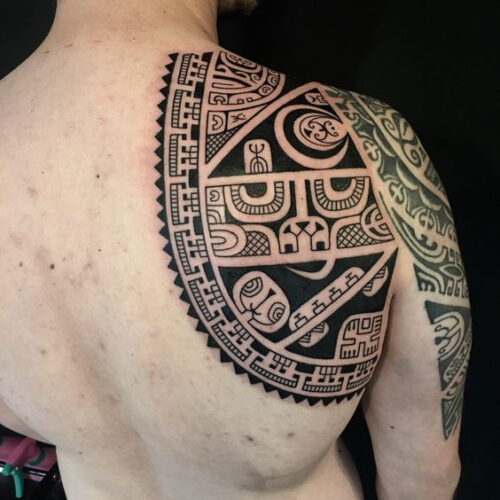
Today, while the tradition of extensive body tattooing may not be as common, the cultural significance of Samoan tattoos remains strong, serving as a source of pride and connection to one’s heritage.
Revival and Contemporary Influence
In recent years, there has been a revival of traditional Samoan tattooing practices, fueled by a renewed interest in cultural heritage. Tattoo artists in Samoa and around the world have dedicated themselves to preserving and promoting the art form, ensuring its continuity for future generations.
Samoan tattoo designs have also gained popularity in contemporary tattoo culture, with people from diverse backgrounds embracing the beauty and symbolism of these powerful designs.
Samoan tattoos are more than just ink on the skin; they represent a journey of bravery and tradition that spans over 2000 years.
These intricate and meaningful designs encapsulate the rich cultural heritage of Samoa, serving as a powerful symbol of identity, heritage, and personal achievements.
Whether through traditional hand-tapped techniques or contemporary adaptations, Samoan tattoos continue to captivate and inspire, preserving a legacy of artistry and cultural significance for
